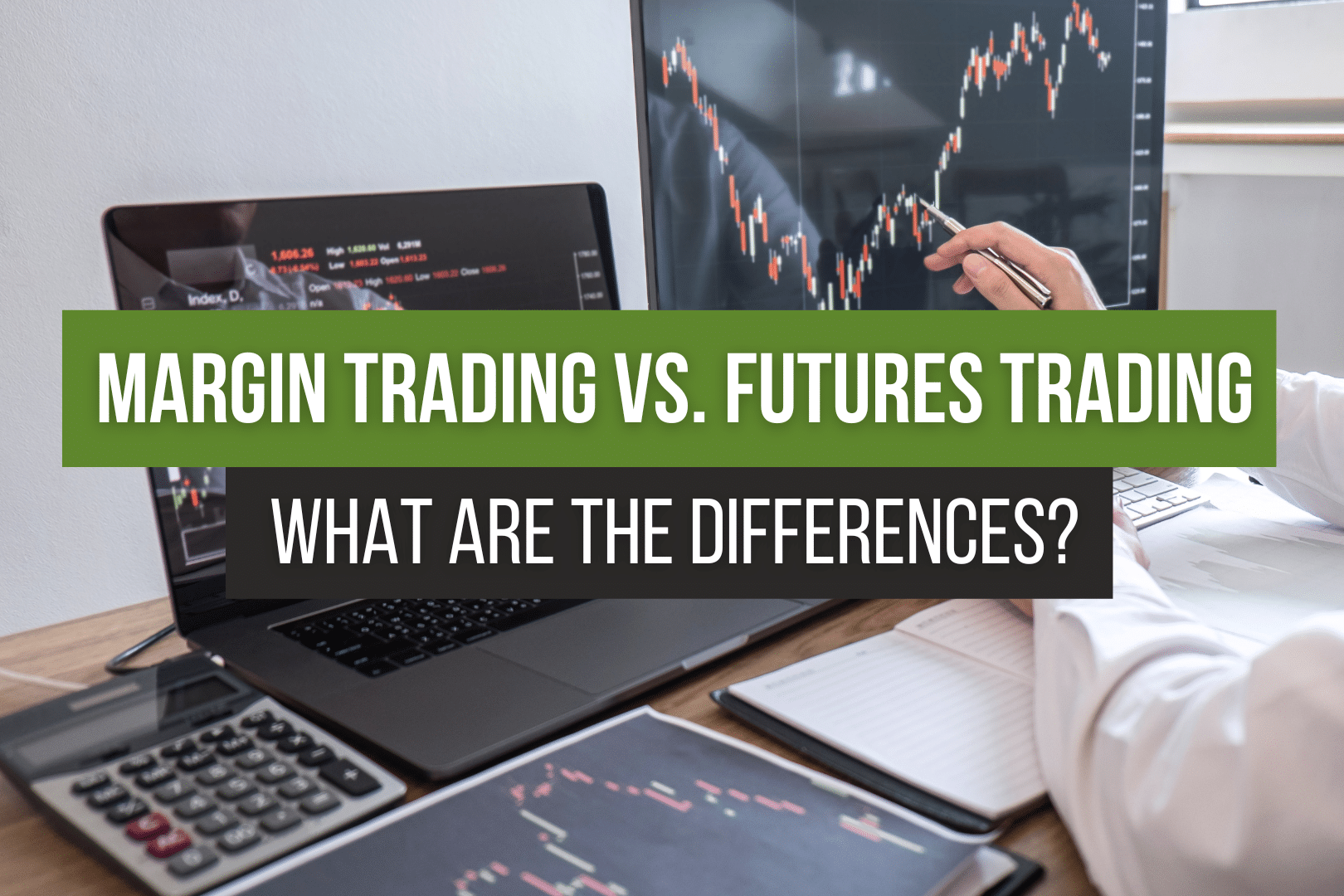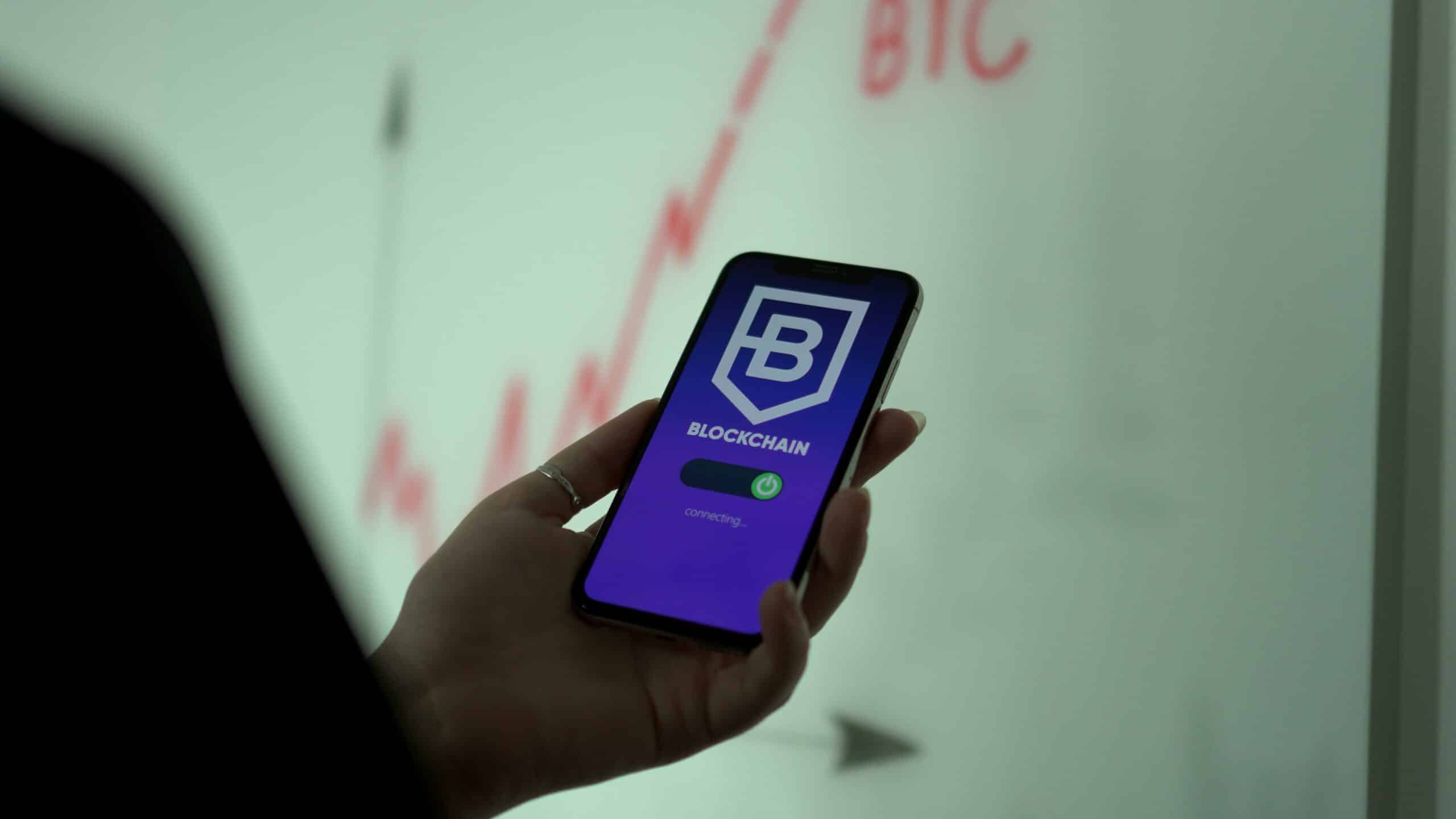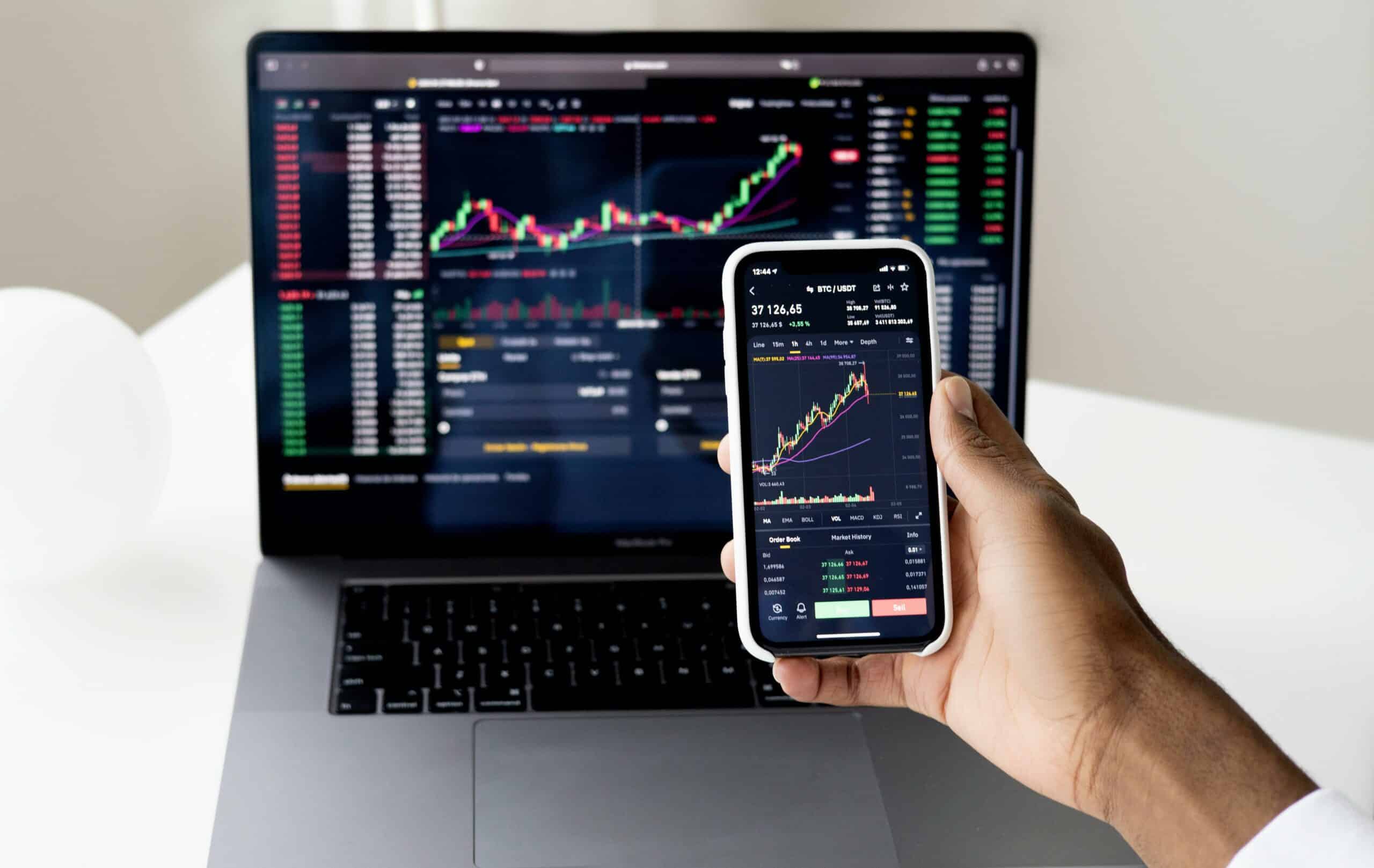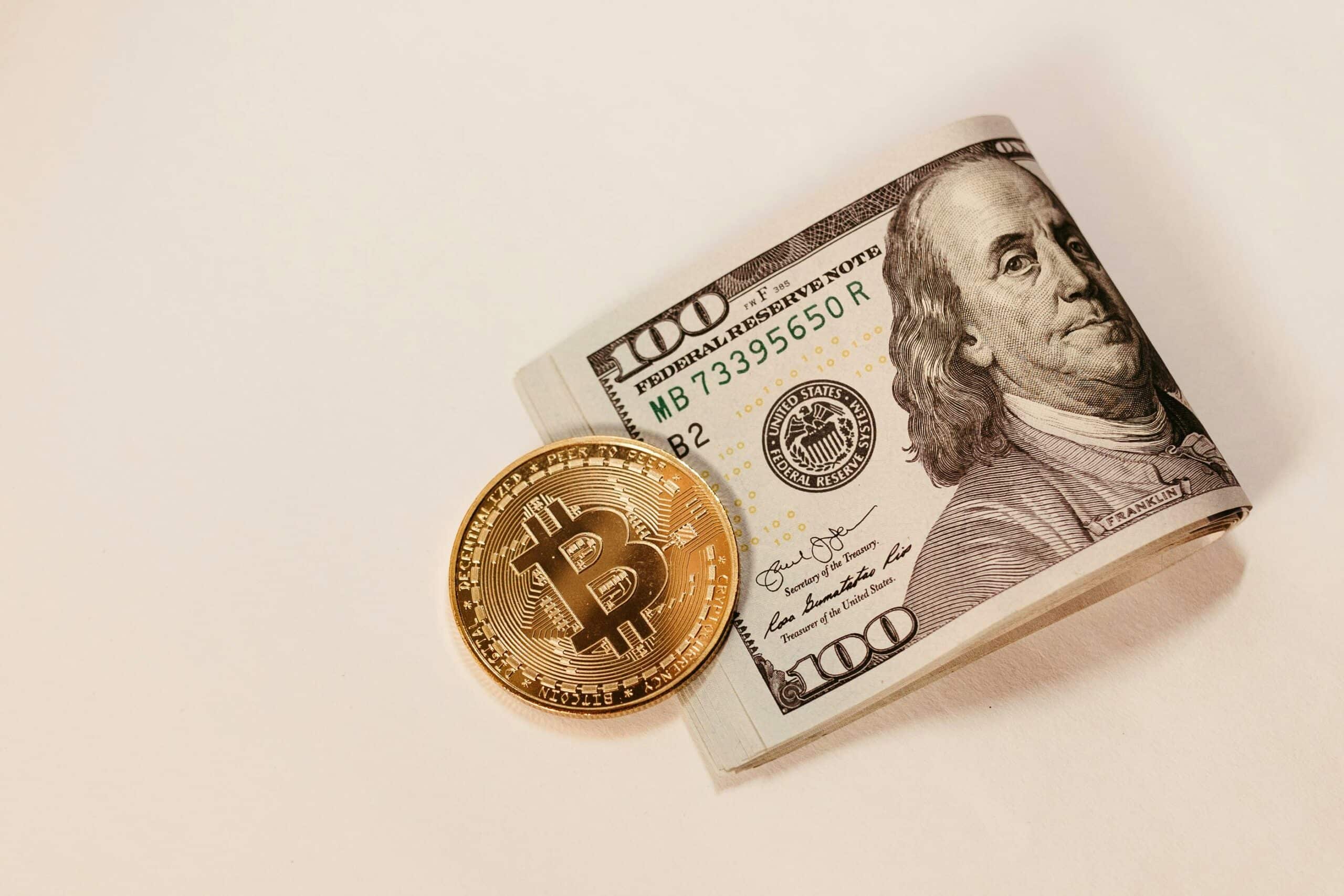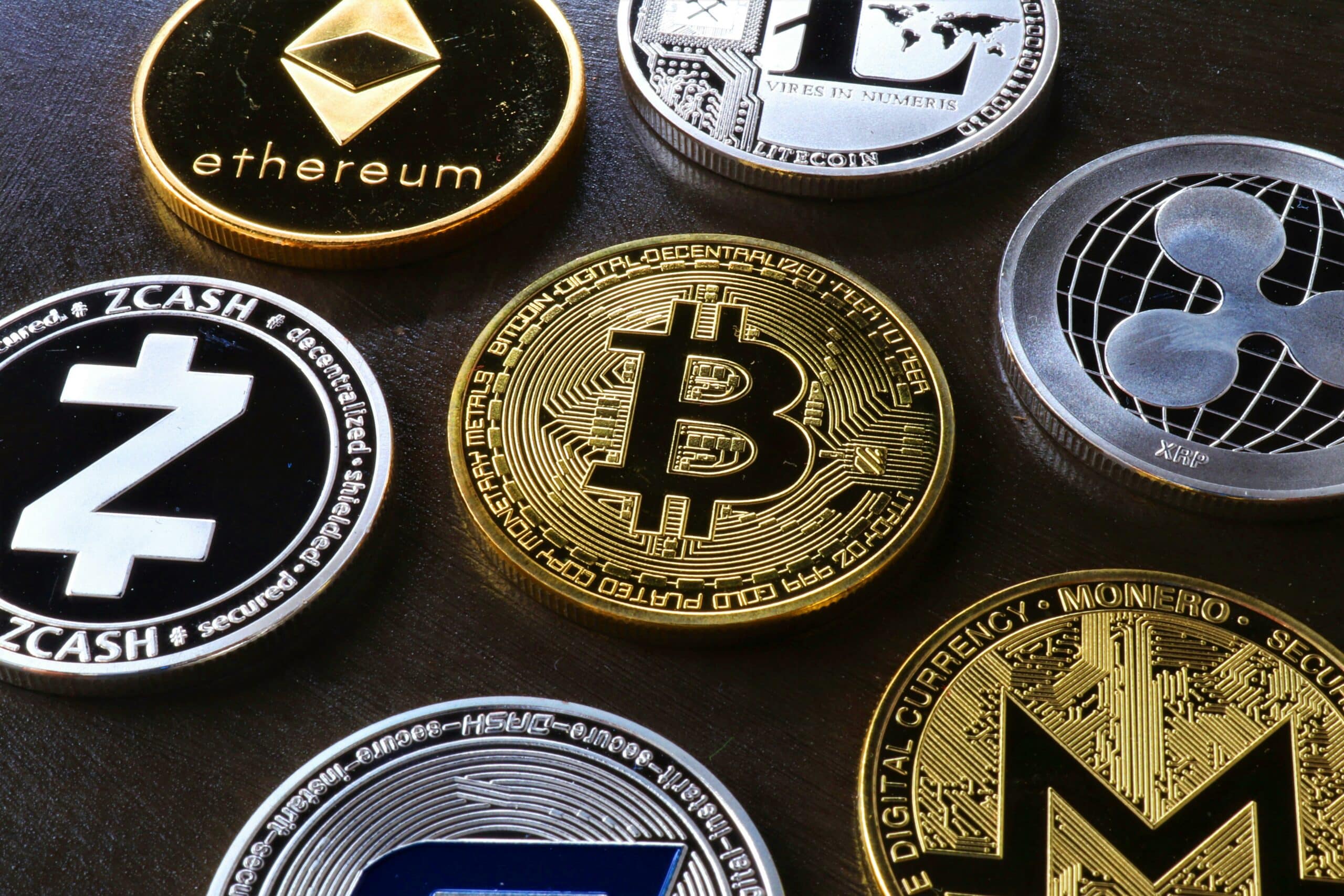Cryptocurrency trading has seen significant growth in recent years, and along with it, various trading strategies have emerged.
Two of the most popular and advanced strategies are margin trading and futures trading. Both methods allow traders to amplify their potential gains but come with their own set of risks.
In this comprehensive guide, we will explore the key differences between crypto margin trading vs futures trading and how they both work. We hope that this information will help you understand which approach might be best suited to your trading objectives.
Table of Contents
What is Margin Trading?
Margin trading is a sophisticated crypto trading strategy that enables investors to maximize their exposure to financial markets by borrowing funds, often provided by a brokerage or exchange, to supplement their capital.
This practice allows traders to take larger positions in the market than their actual account balances would permit, effectively magnifying the potential gains or losses they might experience.
It is crucial to understand the associated risks. Margin trading should only be undertaken by those with a solid grasp of the market, risk management strategies, and the financial capacity to cover potential losses.
It is not recommended for cryptocurrency beginners, and even experienced traders must approach it with caution, always considering the implications of leverage and the cost of borrowing when making trading decisions.
How Margin Trading Works

To truly grasp how margin trading functions, we need to delve into its core components and the mechanics behind this strategy.
Collateral Requirement
In margin trading, the process kicks off with the establishment of a collateral requirement. This collateral is the foundation upon which the entire margin trading endeavor is built. It can take the form of either cryptocurrency or traditional fiat money, depending on the platform you’re using. Essentially, this collateral serves as a protective measure, a safety net that secures the funds you are about to borrow.
Let’s say you have $1,000 in your trading account, and you wish to employ 10x leverage for your margin trade. In this scenario, your collateral would be $1,000, and your effective position size becomes $10,000 – ten times your original capital. This capital acts as a buffer, ensuring that in the event of losses, the exchange can use it to offset your potential debt.
Leverage
The pivotal advantage of margin trading is leverage. Leverage is the multiplier that allows you to control a position significantly larger than your actual account balance. It is quantified as a ratio, with common levels including 2x, 5x, 10x, and even 100x. This ratio determines how much you can amplify your position. The higher the leverage, the greater the position size you can control.
Leverage is akin to a double-edged sword in margin trading. On one side, it enables traders to potentially reap substantial gains even with a limited capital base. On the other side, it magnifies losses just as effectively. Therefore, while it can boost profits, it also escalates the risk of significant financial setbacks.
Trading Strategy
Once your collateral is in place and your desired level of leverage is selected, the next step is executing the actual trade. Margin trading closely resembles regular spot trading in terms of strategy. You can enter both long (buy) and short (sell) positions based on your market expectations.
For example, if you believe that the price of a particular cryptocurrency will rise, you can open a long position. Leverage will then amplify the extent of your potential profits if the market moves as anticipated. Conversely, if you predict a price decline, you can open a short position. Again, leverage would accentuate both your gains and your losses if the market moves against your expectations.
Margin Calls and Liquidation
Despite the potential for amplified profits, it’s vital to recognize that margin trading carries inherent risks. One of the most critical risks is the possibility of receiving a margin call. A margin call is issued when your realized and unrealized losses approach the value of your collateral.
Imagine you initially deposited $1,000 as collateral for a 10x leveraged trade. If the losses on that trade accumulate to a point where they approach or even equal $1,000, your crypto trading exchange will trigger a margin call. At this juncture, you are typically required to deposit additional funds to cover your potential losses. If you cannot meet this requirement, your position can be forcibly liquidated by the exchange, resulting in a loss.
The term ‘liquidation’ refers to the process of selling your assets or closing your position to cover the outstanding debt incurred in the trade. Liquidation typically transpires at an unfavorable price, compounding the loss experienced by the trader.
Fees
It’s imperative to consider the various costs that can impact your overall profitability. Traders must account for both trading fees and interest on the borrowed funds. The interest is calculated on a daily basis and can eat into your profits significantly, particularly if you maintain a leveraged position for an extended period.
Understanding these fees and charges is essential for margin traders, as it allows for a more accurate assessment of the potential gains and losses associated with a given trade.
What is Futures Trading?
Futures trading is a sophisticated financial instrument that facilitates the exchange of assets, such as cryptocurrencies, through standardized contracts. These contracts obligate the buyer to purchase and the seller to sell the underlying asset at a predetermined price and a specified future date. Futures trading is a dynamic and highly regulated practice that takes place on specialized exchanges.
At its core, a futures contract is an agreement between two parties – a buyer and a seller – to trade a specific quantity of an underlying asset at an agreed-upon price on a future date. This underlying asset can encompass a wide range of financial instruments, and in the context of cryptocurrency futures trading, the asset is a digital currency like Bitcoin, Ethereum, or other cryptocurrencies.
How Future Trading Works

Futures trading is characterized by its standardized contract format and clear terms, making it a valuable tool for both speculation and risk management. Let’s take a detailed look at how future trading works:
Contract Specification
Futures contracts are at the core of futures trading. These contracts are highly standardized and define the terms of the trade. Key elements outlined in a futures contract include:
Asset
The specific asset to be traded, such as a particular cryptocurrency (e.g., Bitcoin or Ethereum).
- Contract Size: The volume of the asset being traded in a single contract, e.g., one Bitcoin.
- Expiration Date: The date on which the contract matures and must be executed or settled.
- Agreed-upon Price: The price at which the asset will be bought or sold when the contract is due for execution.
These standardized contracts ensure clarity and uniformity across the futures market, making it easy for participants to understand the terms and conditions.
Speculation and Hedging
Futures trading serves two primary purposes: speculation and hedging.
- Speculation: Traders engage in futures trading to speculate on the future price movements of an asset without the need to own it. For example, if a trader anticipates a rise in the price of Bitcoin in the coming months, they can purchase Bitcoin futures contracts. If the price does indeed increase, they can profit by selling these contracts at a higher price than they initially paid.
- Hedging: Businesses, miners, and investors often use futures contracts as a risk management tool. For instance, a cryptocurrency mining company might want to safeguard itself from potential price drops. To do so, they can sell Bitcoin futures contracts, locking in the current price for their mined Bitcoins. This ensures they won’t suffer financial losses if the price decreases before they sell their mined assets.
Leverage
Leverage is another integral aspect of futures trading, similar to margin trading. It allows traders to control a more substantial position with a fraction of the contract’s full value. To initiate a futures trade, traders need to deposit a specific amount known as the initial margin. This margin is significantly lower than the total contract value, thereby allowing traders to use leverage and amplify their market exposure.
For example, if the full value of a Bitcoin futures contract is $10,000, you might only need to deposit an initial margin of $1,000 to control the entire contract. This leverage enables traders to benefit from price movements even with a limited amount of capital.
Expiration and Settlement
One of the key distinctions of futures trading is the presence of an expiration date. Futures contracts have a predetermined maturity date, after which the contract is settled. This is a fundamental contrast to spot trading, where assets are bought and sold immediately. When the expiration date arrives, there are two possible methods of settlement:
Physical Delivery: In some cases, the buyer takes delivery of the actual asset, such as receiving the physical Bitcoin specified in the contract. The seller, in turn, delivers the asset. This form of settlement is less common in cryptocurrency futures trading.
Cash Settlement: More frequently, futures contracts are cash-settled. This means that no physical asset changes hands. Instead, the profit or loss is settled in cash. It’s determined by calculating the difference between the contract’s agreed-upon price and the market price at the time of expiration.
Cash settlement simplifies the process and eliminates the logistical complexities of physical delivery. It’s especially practical for cryptocurrencies, where securely transferring digital assets can be challenging.
Risk Management
Futures trading presents an advantage in terms of risk management compared to margin trading. In margin trading, traders risk liquidation and substantial losses if the market moves against their position. In futures trading, potential losses are limited to the amount initially deposited as the margin. Margin calls and liquidation, which are common in margin trading, are not typically a concern in futures trading.
This reduced risk makes futures trading an appealing option for traders and investors who want to manage their exposure to cryptocurrency price movements without the high risk of margin calls or the need to own the underlying asset.
Margin Trading vs. Futures Trading

Now that we understand the basics of both margin and futures trading, let’s compare these two trading methods across various aspects:
1. Risk Levels
- Margin Trading: This form of trading carries higher risk due to the potential for significant losses if the market moves against you. Margin calls and liquidation are common in margin trading.
- Futures Trading: While futures trading is not without risk, it tends to be less risky than margin trading. Your potential losses are limited to the initial margin you deposit.
2. Leverage
- Margin Trading: Margin trading offers higher leverage compared to futures trading. This can be both an advantage and a disadvantage, as it magnifies both gains and losses.
- Futures Trading: Futures trading also allows for leverage but at a lower ratio compared to margin trading. Leverage levels are typically lower and more regulated.
3. Expiry
- Margin Trading: There is no fixed expiry date for margin trading. You can hold your position as long as you wish, but you must maintain your collateral.
- Futures Trading: Futures contracts have a predefined expiration date. This can be a disadvantage for those who want to hold positions for the long term.
4. Liquidity
- Margin Trading: Liquidity in margin trading depends on the specific trading platform. Some cryptocurrencies may have limited liquidity, making it challenging to execute large trades without significant slippage.
- Futures Trading: Trading futures on regulated exchanges often provides higher liquidity, which is advantageous for executing larger trades with minimal price slippage.
5. Funding Costs
- Margin Trading: You may have to pay interest on the borrowed funds in margin trading. Additionally, there may be trading fees involved.
- Futures Trading: Funding costs in futures trading typically involve the initial margin, which is a percentage of the contract value, and trading fees. There’s no interest on borrowed funds.
6. Use Cases
- Margin Trading: Margin trading is more suitable for short-term traders who want to take advantage of price movements within a single trading session. It’s also favored by those who want to use their existing cryptocurrencies as collateral for leverage.
- Futures Trading: Futures trading is often preferred by traders and investors who want to speculate or hedge against cryptocurrency price movements over a longer time frame.
7. Regulatory Environment
- Margin Trading: The regulatory environment for margin trading varies by country, and it may not be as well-regulated as futures trading.
- Futures Trading: Futures trading takes place on regulated exchanges, providing a more structured and monitored trading environment.
Conclusion
Both crypto margin trading and futures trading offer opportunities for traders to amplify their positions and potentially increase their profits. However, they come with distinct characteristics and risks.
Margin trading offers higher leverage, but it is riskier due to the potential for liquidation and margin calls. It’s more suitable for short-term traders.
Futures trading, on the other hand, has lower leverage, limited risk, and defined expiration dates. It’s often favored by those looking for longer-term exposure to cryptocurrency price movements and a more regulated trading environment.
Ultimately, the choice between margin and futures trading depends on your risk tolerance, trading goals, and the regulatory environment in your jurisdiction. It’s crucial to thoroughly understand the mechanics of each method and consider your financial situation before engaging in either of these advanced trading strategies. Always use risk management strategies and never trade with funds you cannot afford to lose.
Looking to stay updated on the latest cryptocurrency news, trading strategies, and market insights? Subscribe to Crypto Bookworm’s newsletter. We are dedicated to helping you make informed decisions in the world of digital assets. Join our community today and enhance your cryptocurrency journey!
